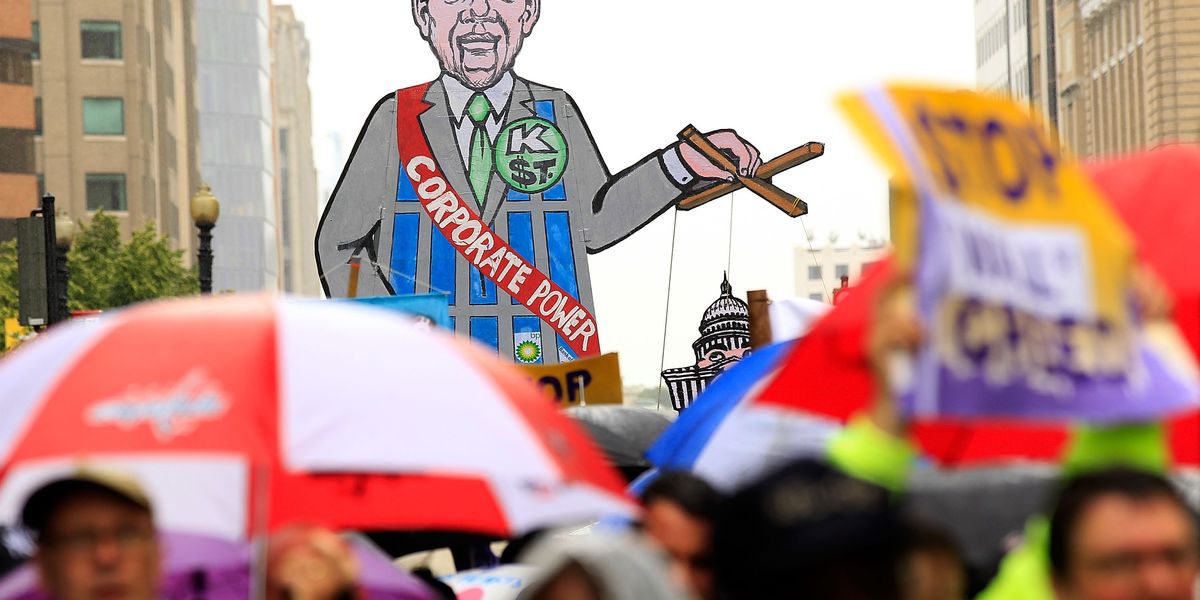Two Just Stop Oil protesters have smashed the glass on the Rokeby Venus by Diego Velázquez at the National Gallery in London. This, you might be surprised to hear, is not the first time this painting has been the target of activists.
In March 1914, a suffragette named Mary Richardson entered the National Gallery with a butcher’s knife secreted in her sleeve. She was on a mission to “destroy the picture of the most beautiful woman in mythological history”. She ended up slashing the Rokeby Venus five times in the name of women’s rights.
It’s not the first time Just Stop Oil has taken a tactic from the suffragette playbook. It has been noted that their other attacks on art, like the one in October 2022 when Just Stop Oil protesters threw tomato soup at Vincent van Gogh’s Sunflowers, draw on Richardson’s act.
But there are other tactics they have also used. Take, for instance, their crashing of sports events, including Wimbledon. The Women’s Social and Political Union (the WSPU or the suffragettes as they were more commonly known) also used sports events to gain publicity for their causes. The most notable example was Emily Davison’s disruption of the Epsom Derby in 1913.
Both protests attracted media attention and publicised their issues through public acts. On their social media, Just Stop Oil has acknowledged that they are drawing on the suffragettes in their attack on the Rokeby Venus, which might suggest they have adopted another suffragette tactic: using other movements to emphasise the peacefulness of their own movement.
Distancing themselves
There are some instances when climate activists have compared themselves to the suffragettes and used them as a symbol of bravery and resistance. On a march in London, Just Stop Oil protesters questioned “would the suffragettes have marched on the pavement?” when asked to move. Extinction Rebellion activists, outside of a court where seven women were held for causing damage to Barclays Headquarters, wore suffragette outfits.
However, both Extinction Rebellion and Just Stop Oil have made distinctions between their actions and the suffragettes’.
By focusing on the more violent actions of the suffragettes, such as arson attacks on tea rooms, railway stations and churches , Extinction Rebellion Global reinforced their commitment to non-violence via a Twitter thread on April 14 2022. To conclude the thread, they tweeted: “The suffragettes generally avoided injuring people, burning down houses when they were empty. XR is committed to non-violence.”
Extinction Rebellion and Just Stop Oil refer to themselves as non-violent movements. Their comparisons to the suffragettes emphasise that the WSPU could not define themselves as such.
Regardless of the WSPU’s emphasis that human life should not be harmed, the arson and bombing attacks were violent. Climate activists have therefore emphasised how minimal their danger is to the public through comparisons to the suffragettes. This was also the case in terms of damage to artwork.
In an interview with Euronews, Alex De Koning, a spokesperson for Just Stop Oil, compared how the suffragettes “slashed paintings and quite violently destroyed them”. This, he affirmed, was the opposite of Just Stop Oil’s “throwing soup at a glass pane”.
To Sky News, De Koning acknowledged that they could escalate and take “inspiration from past successful movements”. De Koning’s minimisation of Just Stop Oil’s actions reinforces the idea that their actions are far less damaging than those of the suffragettes.
The disruptions of sport events are mild compared to the suffragette’s arson campaign, which included destroying cricket pavilions, stands at racing tracks and golf clubs.
In comparison to the events at Wimbledon recently, there was an arson attempt made at Wimbledon in 1913 by a suffragette who was caught with flammable materials by a groundsman. These arson attacks were made at night and the focus was on damaging property and not threatening human life. Nevertheless, Just Stop Oil’s use of confetti and jigsaws pales in comparison to the suffragettes’ use of firelighters and paraffin.
Justification through history
Extinction Rebellion and Just Stop Oil has both used the image of the suffragettes as a way of contrasting their more peaceful actions with the more extreme actions of the past. By doing so, they have employed one of Emmeline Pankhurst’s own tactics.
Pankhurst contrasted the actions of other contemporary figures throughout her speeches and her autobiography. One of her most frequent objections was to Edward Carson and other Ulster unionists who she argued had incited more violence than she had but were not imprisoned.
Pankhurst was minimising her own tactics to appear more peaceful. Extinction Rebellion and Just Stop Oil has followed in her footsteps, ironically adopting a suffragette tactic while distancing itself from the movement.
Pankhurst contrasted how previous violent movements conducted by men had been rewarded in comparison to the suffragettes who were arrested. Extinction Rebellion has done the same using the suffragettes: comparing the words of MP and former home secretary Priti Patel about climate activists (“selfish, fanatical and frankly dangerous”) to the suffragettes (“fought to get women the vote”) on Twitter.
Suella Braverman, the current home secretary, in response to Just Stop Oil’s Wimbledon protest, described the demonstrators as “selfish”. If Just Stop Oil has taken on Pankhurst’s lesson, it is only a matter of time before they respond with a quote from Braverman’s speech at Portsmouth High School: “Always remember the suffragettes who gave you and me the right to vote.”
Looking for something good? Cut through the noise with a carefully curated selection of the latest releases, live events and exhibitions, straight to your inbox every fortnight, on Fridays. Launches 4 August. Sign up here.




